Frequently Asked Questions
Shouldn’t I be able to do this on my own?
The Center on Everyday Lives of Families at UCLA found that, “Managing the volume of possessions was such a crushing problem in many homes that it actually elevated levels of stress hormones for mothers.”[1]
You’ve got a lot going on! Plus, the average child in America accumulates 70 toys every year! [2]
Send a bit of self-compassion in your own direction and know that the mere presence of an objective yet kindly supportive third party can do wonders when tackling mountains of accumulated stuff. I’m here to help.
What does the process look like?
After an initial complementary phone consultation we will schedule a time to meet where I’ll evaluate your space and conduct an initial assessment. We’ll discuss your vision, your values and prioritize what your family needs most. If you want guidance regarding furniture or material purchasing, I will present options and sample spaces tailored to your vision via email. If you’re planning on using your existing furniture we’ll schedule a time to dive right in!
Whenever possible, I suggest that parents spend some time observing their children at home in order to get a sense for how they utilize specific materials and spaces. I’ll provide some questions to help guide your observation. This information is immensely useful for designing an environment that fits your children’s unique personalities and play styles. As Plato so accurately observed, “You can discover more about a person in an hour of play than in a year of conversation.”
Do I need to be present for the entire process?
I can work independently or in conjunction with you. I prefer to spend at least a portion of the time working hands-on with parents because, inevitably, things come up that were not addressed in our initial assessment and it can be particularly useful when doing an initial toy or book reduction. However, sorting materials prior to this step, setting up spaces and creating toy libraries are tasks that can easily be accomplished without parental assistance.
How long will this process take?
This will vary from family to family, based upon the volume of materials and the plan for the space. However, I’ve been surprised how even spaces in great disarray can come together in under 8 hours. Call (413) 341-8614 for your complimentary phone consultation today!
Won’t this be difficult to maintain?
Yes and no. Tidiness can be a difficult habit to establish for many people. However, by simply reducing the amount of items available to your children they will not only have a greater ability to help maintain order in their spaces but their sense of efficacy will be reinforced each time they’re able to find a home for their cherished toys.
For families that would prefer more direct support, I also offer on-going assistance with space maintenance and toy rotation (please see Services and Rates).
What options do I have for removal of unwanted items?
I am committed to keeping materials in good used condition out of the landfill whenever possible. There are many families that could benefit from the items you no longer need. One complementary donation drop off is included with 4 or more hours of organizing. For an additional fee I will bring items to local secondhand stores to sell for you.
Do you subscribe to any particular philosophy?
I draw from a few foundational philosophies* when thinking about and designing spaces. They inform me aesthetically and guide my vision for the role of the environment in early childhood development. The educational philosophies I value most include:
Values respect, trust, sensitive observation, time for uninterrupted play and freedom to explore, and a safe, challenging and predictable environment
Values whole-child development, uninterrupted work time, and an aesthetically pleasing environment that “encourage(s) independence, freedom within limits, and a sense of order”
Values relationship-based learning, family participation, “working actively with hands, minds and emotions,” caregiver observation and reflection, child as investigator, a focus on the arts, and the belief that the environment is the child’s third teacher (after the parent, who is the first teacher, and the classroom teacher)
What do all of these philosophies have in common?
The environment is a powerful tool for learning!
The philosophy behind our designs is hinged upon the belief that our environments (coupled with other factors within our control) make up the other half of the coin that is predetermined by our genetics. We can’t change our biology but we can change our environment. Each child is born with a unique set of temperamental characteristics that translates into a constellation of skills and challenges. An intentional, well-tailored environment can support these skills and mediate the challenges.
What if I need help with other spaces in my home?
While children’s spaces are my passion, I know that families often get sidetracked from other spaces in their homes. I would love to help you restore order to your surroundings in whatever way I can.
*Laurel Johnson Consulting is not affiliated with, endorsed by, or sponsored by Montessori, RIE or Reggio Emilia or any of their affiliates or subsidiaries.
[1] http://newsroom.ucla.edu/releases/trouble-in-paradise-new-ucla-book
[2] Juliet B. Schor, Born to Buy (New York: Scribner, 2004).

